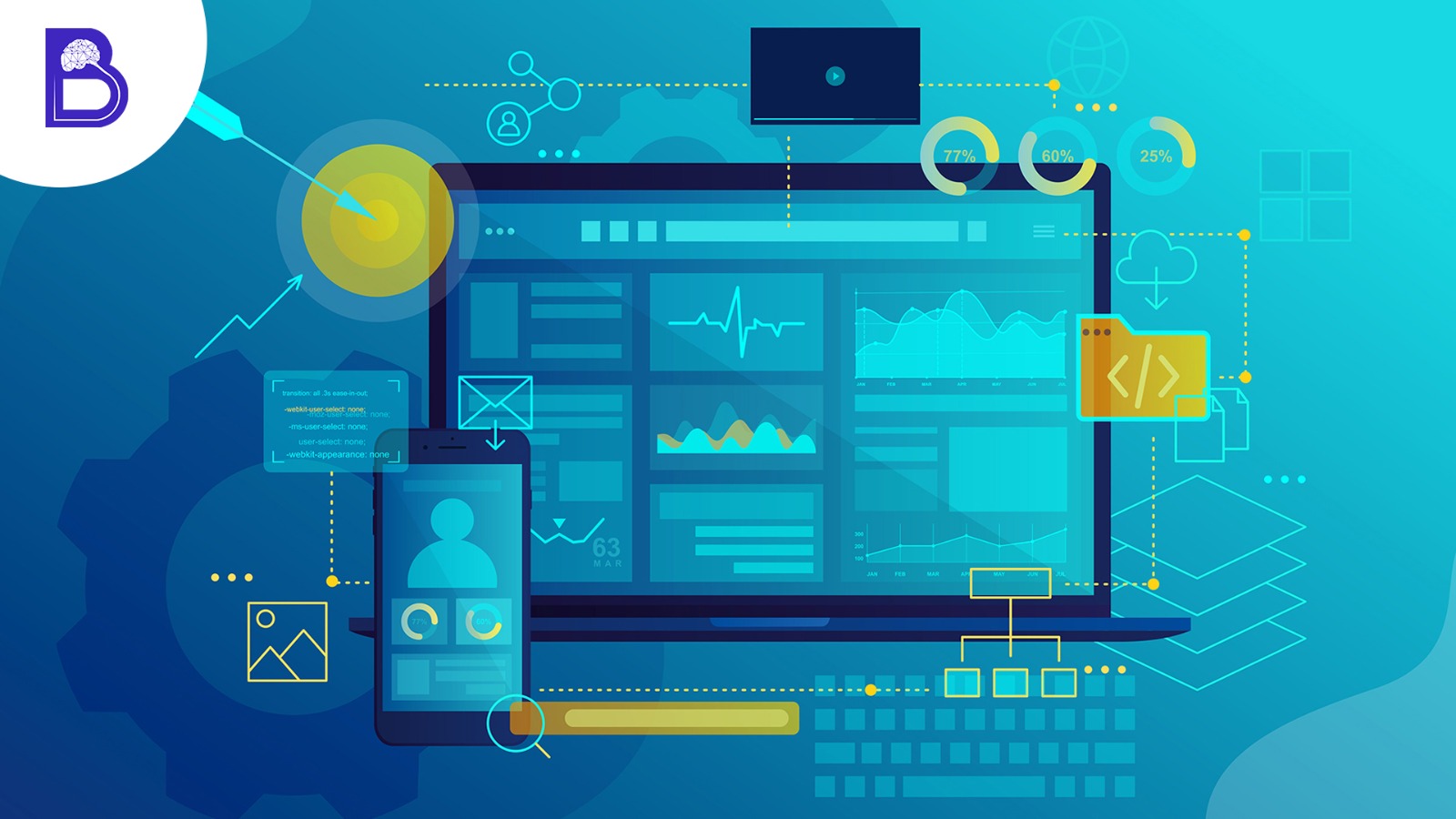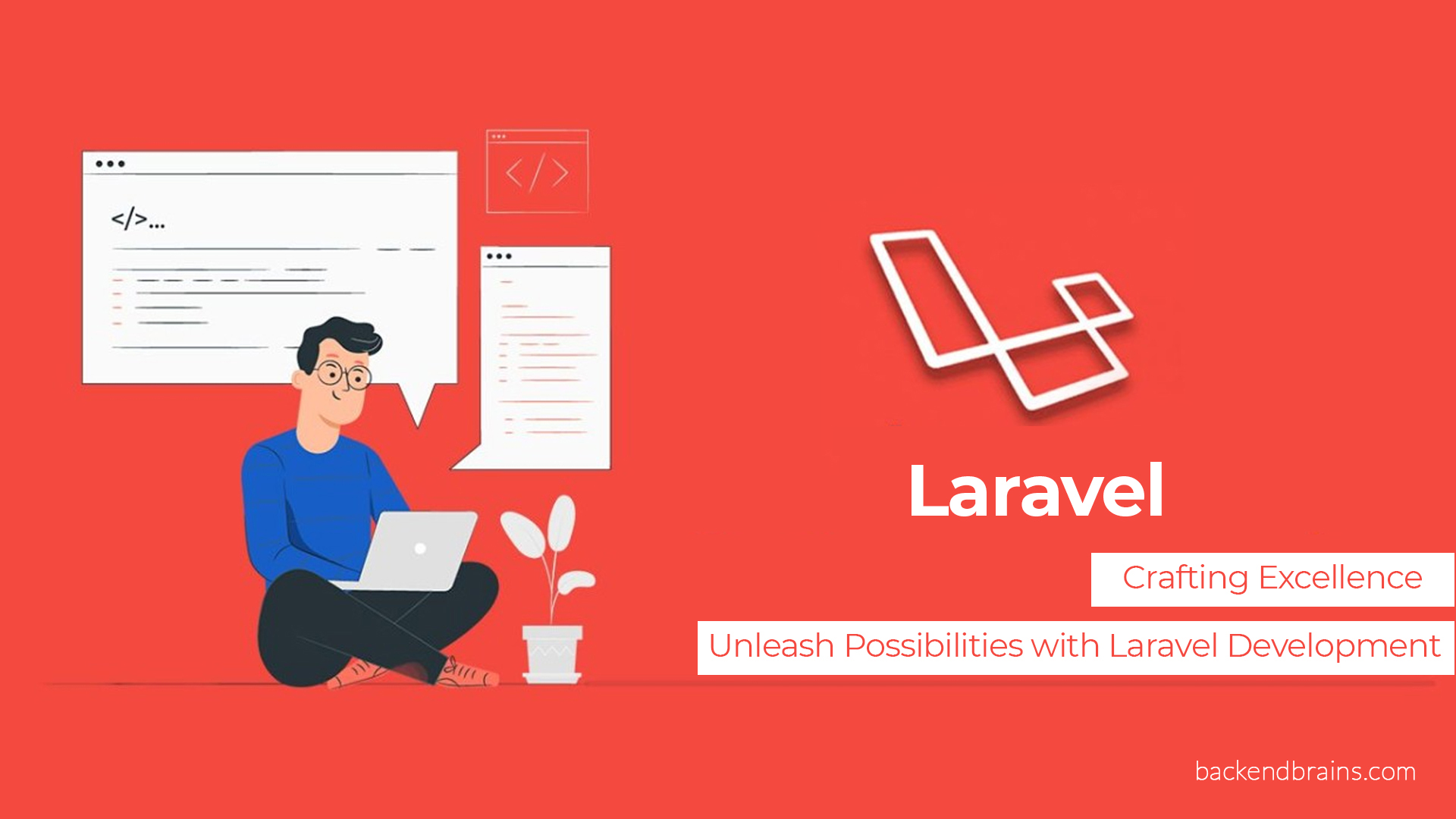8 October 2024
Web3 and Decentralized Web Applications: The Future of the Internet

The evolution of the internet is rapidly advancing, with Web3 and decentralized web applications (dApps) leading the charge toward a more open, secure, and user-centric digital experience. As businesses and developers continue to explore the potential of blockchain technology and decentralization, Web3 is proving to be more than just a buzzword—it's a glimpse into the future of the internet.
What is Web3?
Web3 refers to the next generation of the internet, where decentralized systems replace the traditional centralized model. Unlike Web2, which is controlled by a handful of large corporations and centralized servers, Web3 is built on blockchain technology, allowing for distributed ownership and control. This shift in control empowers users by giving them more autonomy over their data, identity, and interactions online.
Key features of Web3 include:
- Decentralization: Information is stored across a network of computers, reducing the need for intermediaries like Google or Facebook.
- Ownership of Data: Users can own and control their personal data instead of relying on third-party platforms.
- Smart Contracts: Automated agreements run on blockchain technology, ensuring secure and transparent transactions without intermediaries.
What Are Decentralized Web Applications (dApps)?
Decentralized Web Applications (dApps) are the building blocks of Web3. Unlike traditional applications, which run on centralized servers, dApps operate on a decentralized network, often using blockchain as their infrastructure. This allows for greater transparency, security, and resilience, as there is no single point of failure.
Key characteristics of dApps include:
- Open Source: The code is publicly available, allowing anyone to inspect or contribute to the app's development.
- Blockchain Integration: dApps rely on blockchain to store data, manage transactions, and ensure tamper-proof records.
- Token-Based Economy: Many dApps use cryptocurrencies or tokens as part of their operational model, enabling seamless peer-to-peer transactions.
Benefits of Web3 and dApps
- 1. Enhanced Security: Web3 and dApps leverage blockchain’s cryptographic nature, making data tampering extremely difficult. This makes them more secure than traditional applications where centralized servers can be vulnerable to hacking.
- 2. Improved Privacy and Control: With Web3, users are in control of their personal data. They can choose what data to share and with whom, minimizing the data collection practices common in Web2 platforms.
- 3. Interoperability: Web3 allows for better interoperability between different platforms and applications. dApps can easily communicate with each other, creating a more seamless user experience across various services.
- 4. Decentralized Finance (DeFi): One of the most significant applications of Web3 is decentralized finance, or DeFi. dApps in this space allow users to access financial services like lending, borrowing, and trading without relying on traditional banks or financial institutions.
Challenges Facing Web3 and dApps
While Web3 offers a promising future, it's not without its challenges:
- Scalability: Current blockchain technology can struggle to handle large amounts of data and transactions, leading to slower speeds.
- User Experience: Web3 applications are still in their infancy, and many dApps lack the user-friendly interfaces that centralized applications offer.
- Regulatory Uncertainty: As governments grapple with the implications of decentralized systems, regulations surrounding Web3 and blockchain technologies remain unclear in many regions.
The Future of Web3 and dApps
The future of Web3 and decentralized applications is bright. As the technology matures, we can expect improvements in scalability, security, and user experience. This will open the door to more widespread adoption across industries like finance, healthcare, and entertainment.
In the coming years, businesses that embrace Web3 and decentralized web applications will likely be at the forefront of innovation, driving the next wave of internet technology and reshaping how we interact with the digital world.
Conclusion
Web3 and decentralized web applications represent a revolutionary shift in how the internet operates, putting control back in the hands of users and offering new opportunities for businesses and developers alike. As we transition from Web2 to Web3, the potential for more secure, transparent, and user-controlled online experiences will only grow. Now is the time for forward-thinking companies to explore this emerging technology and capitalize on the opportunities it presents.


 INDIA
INDIA USA
USA











